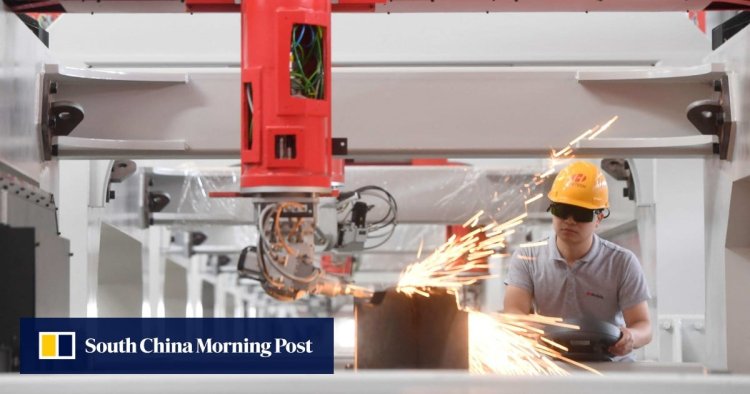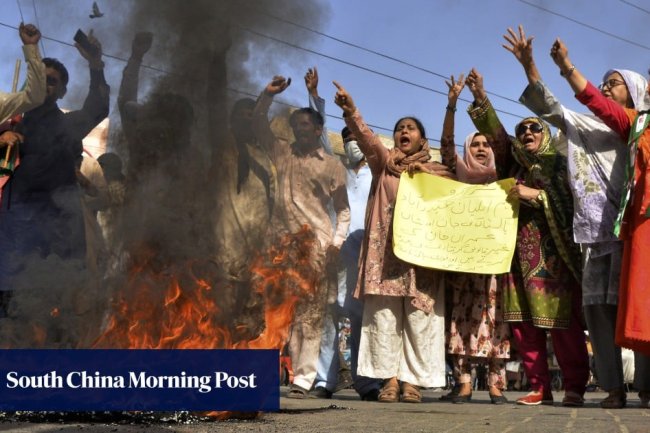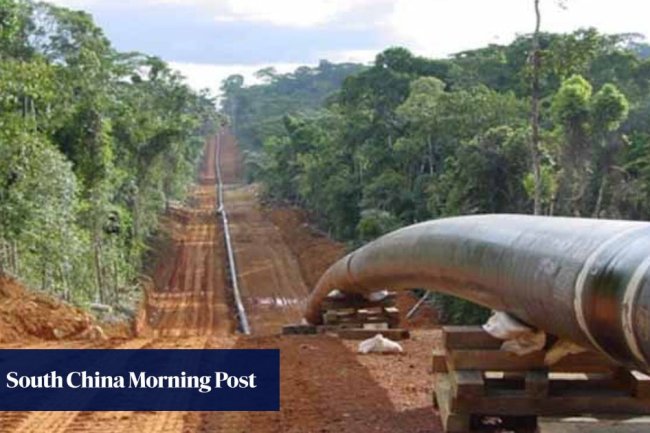China won’t use ‘bazooka-like stimulus’ to fire up economy despite rate cut, but long-term problems lurk
2023.06.15 06:00Hopes of more measures to shore up China’s economy in the short term are building after this week’s policy rate cut, although there are rising questions over how far Beijing will go to respond to long-term problems that could hold back growth for years to come.The world’s second-largest economy is facing a series of headwinds, including a slowing property market and local government and household debt, while its signature exports are slowing, deflation risks are increasing and over 20 per cent of the 16-24 age group are unemployed.But on Tuesday, China’s central bank lowered the seven-day reverse repo rate for the first time in 10 months earlier this week, while its top economic planner released 22 measures to lower costs for firms, including exempting and reducing value-added tax and lowering loan interest rates.Beijing’s efforts to support the economy were also seen in recent field trips, as dozens of inspection teams were sent out to urge local officials to focus on


Hopes of more measures to shore up China’s economy in the short term are building after this week’s policy rate cut, although there are rising questions over how far Beijing will go to respond to long-term problems that could hold back growth for years to come.
The world’s second-largest economy is facing a series of headwinds, including a slowing property market and local government and household debt, while its signature exports are slowing, deflation risks are increasing and over 20 per cent of the 16-24 age group are unemployed.
But on Tuesday, China’s central bank lowered the seven-day reverse repo rate for the first time in 10 months earlier this week, while its top economic planner released 22 measures to lower costs for firms, including exempting and reducing value-added tax and lowering loan interest rates.
Beijing’s efforts to support the economy were also seen in recent field trips, as dozens of inspection teams were sent out to urge local officials to focus on post-coronavirus recovery work.
“We must tackle problems [raised by businesses] as quickly as we can,” Luo Huining, leader of one of the inspection teams, told officials in the central Jiangxi province, according to state media.
Larry Hu, chief China economist at Macquarie Group, expects the Chinese government to introduce further measures to boost confidence in the property market, add more infrastructure projects and to ask banks to provide support to the economy, although it is not likely there will be a “bazooka-like stimulus”.
“If these measures are not sufficient to pull the economy out of the downward spiral between confidence and demand, additional easing measures will be implemented in the coming quarters,” Hu said on Tuesday.
But economic disparity in local economies, stalled state sector reforms, an ageing population, as well as weak confidence in the private sector, are set to continue to plague China’s economy in the coming years, analysts added.
3 takeaways from China’s price data as deflation worries rose
Former Chinese foreign exchange official Guan Tao, the global chief economist at Bank of China International, warned that a crisis has been in the making because China’s economic growth has declined since 2012, along with high debt levels and inefficiency in certain sectors.
“Now there is an implicit guarantee from the government, so people may not run on it, but in the future, there will be more and more problems, and the government will have fewer and fewer tools to use, and one day it will be unable to cover up these problems,” he told a seminar last month.
Former central bank adviser Yu Yongding believes China is still able to maintain a stable level of economic growth by cutting interest rates and expanding fiscal policy, while the authorities should also not be “afraid” of selling more debt.
“If income does not increase, it is difficult to increase consumption. If we can reset the economy through large-scale investment, then the growth rate of consumption will increase, and the Chinese economy will form a positive cycle,” Yu said in a blog post published by Chinese Economists 50 Forum at the end of last month.
On Thursday, China’s central bank is widely expected to follow up the cut to the seven-day reverse repo rate by reducing the borrowing cost of its medium-term policy loans for the first time in 10 month.
Last week, Premier Li Qiang urged the local government of Liaoning, where there is a high concentration of state firms, to step up efforts to “optimise the business environment, strengthen the momentum and vitality for development, and make breakthroughs in the comprehensive revitalisation of the northeast”, according to a report by the official Xinhua News Agency.
China’s underlying economic problems are reasserting themselves and require deeper reforms from Beijing to ensure long-term prospects.
“Structural reforms remain crucial to solidify the recovery and achieve the longer-term goals to become a high-income country by 2035 through productivity-led and environmentally sustainable growth,” the World Bank said in a report on Tuesday.
4 takeaways from China’s May trade data as exports tumbled
Robin Xing, chief China economist at Morgan Stanley, believes Beijing could aim for state sector reforms in a bid to boost efficiency and relieve local debt problems in the third plenary session later this year.
“How to tackle concerns over China’s long-term economic potential … it depends on a bigger effort in reforms,” Xing said.
The Chinese Academy of Fiscal Sciences, a research institute affiliated with the Ministry of Finance, said that as China’s population gets older, it is likely that its economic growth will slow further, while increasing the cost of public financing.
“If social reform lags behind and cannot meet the overall structural changes in basic and strategic factors such as population changes, risks will further spread, and fiscal expenditure responsibilities for hedging risks will also expand infinitely, eventually becoming uncontainable,” according to its report released earlier this month.
What's Your Reaction?

















